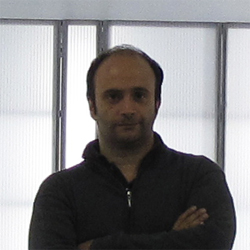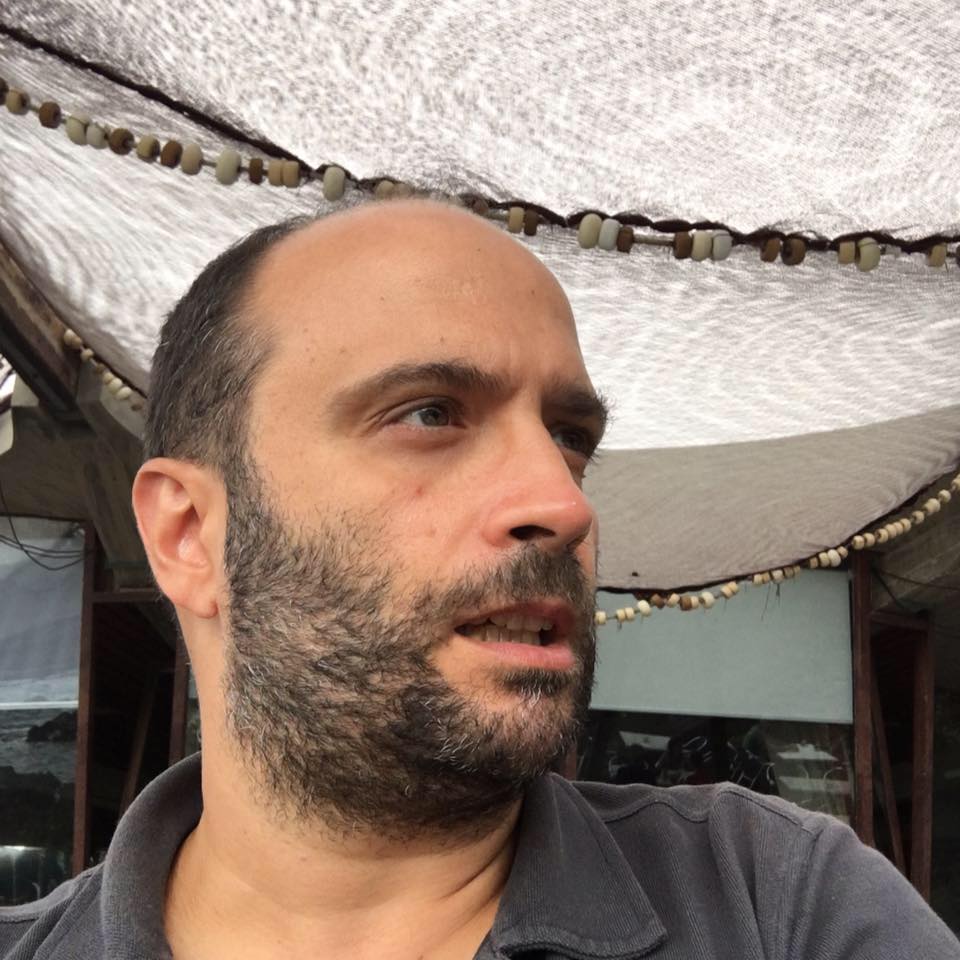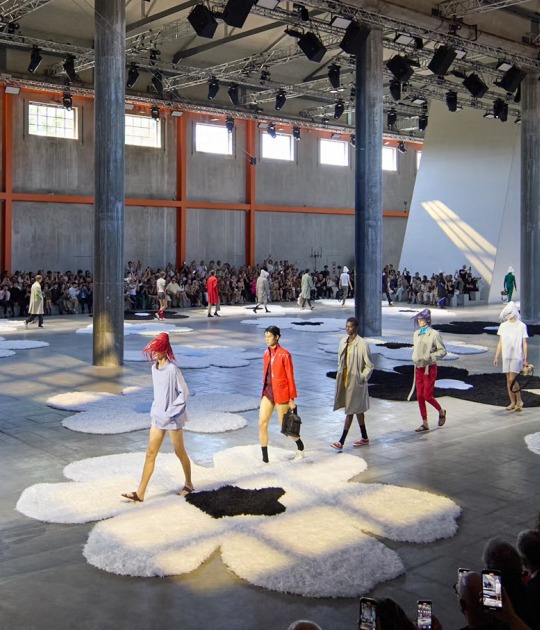In addition, this edition adds a novelty, in which in addition to being presented through its two physical venues, they incorporate a third but this time through a virtual platform full of news, programming, and streaming reproductions of the events that will take place in this edition.
Description of project by The Spanish Biennial of Architecture and Urbanism (BEAU)
A little over a month after its inauguration, the Spanish Biennial of Architecture and Urbanism (BEAU) presents the first results of the call 'Panorama of Architecture and Urbanism Works', which will reward the most relevant of architecture and urbanism of the last three years (from 2018-2020) with a selection of 20 projects that will be announced as the starting signal for this XV BEAU.
Among the 581 proposals submitted, 100 projects have been selected and 70 have been chosen Finalists for a cultural event convened by the Ministry of Transport, Mobility and Urban Agenda through the General Directorate of Urban Agenda and Architecture in collaboration with the Superior Council of the Associations of Architects of Spain (CSCAE) and the Arquia Foundation, which will be held this summer in parallel in a double venue - from June 28 to September 16 at the Barcelona Pavilion, and from July 2 to September 23 in the Patio Herreriano de Valladolid— and with one objective: to serve as a meeting point between citizens, architecture and urban planning and to vindicate the social value of both disciplines.
Chosen according to criteria of quality, relevance, social and cultural vocation or innovation, the Selected and Finalist works of this call reflect, in the words of the team of curators — Óscar Miguel Ares, Anna Bach, and Eugeni Bach—, "not only the excellent architectural work, landscape and urban planning of a large number of professionals but also the current state of architecture in our country".
Architecture as a response to the challenges of the future
At a time of historical disruption motivated by different challenges such as the current pandemic or the climate crisis, the response that each one of them contributes about their physical and social context has been especially valued in the selection of proposals. As the jury explains: "They are works that respond to the challenges of society, that are linked and rooted with the places where they are located and that provide solutions to improve the social and cultural context in which they operate". Along these lines, the general director of Agenda Urbana y Arquitectura Iñaqui Carnicero, assures: "We want the BEAU to serve to bring the work and values of architecture and urban planning closer to society".
A particularity that links with the theme that will be the backbone of the XV BEAU: Empty Spain, full Spain. Conciliation strategies; a curatorial proposal that will try to offer an overview that contributes to the approach and reflection on the conciliation capacities that architecture and urban planning may have concerning the different territorial realities that exist in the country; that of a dense, dynamic, and populated Spain; and that of another with less density, more invariable and uninhabited.
Virtual headquarters
In this edition, a third space (http://labienal.es) joins the double physical headquarters of the Spanish Biennial of Architecture and Urbanism, which will become a virtual headquarters from which to follow all the news of the XV BEAU. News, agenda, or parallel programming will have a place on a platform that will also offer streaming monitoring of the different events related to the XV BEAU.
Thus, the publication of the Selected and Finalists presented today through this new virtual headquarters, will be joined by the different milestones, announcements, and projects, as well as consultation material related to the event, in a clear commitment to accessibility and universal access to the most outstanding architecture and urban planning proposals.
About the jury of 'Panorama de Obras'
Together with the general director of Urban Agenda and Architecture Iñaqui Carnicero, Marta Vall-Llossera, the first vice president of CSCAE, and Naiara Montero, architect, and patron of the Arquia Foundation, the team of curators of the XV BEAU has been part of a jury at the Other prominent professionals have joined such as Stephen Bates, Véronique Patteeuw, María Castrillo, Carmen Moreno, and Alberto Veiga.
About the BEAU
The Biennial of Spanish Architecture and Urbanism (BEAU), which has been held since 1991, is an initiative of the Ministry of Transport, Mobility and Urban Agenda (MITMA) that aims to recognize and reward a set of high-quality works that may represent the best and most diverse panorama of Spanish architecture and urban planning in the years covered by the call.
The BEAU is part of the Program for the Promotion of Diffusion and Internationalization of Architecture of the General Directorate of Architecture and Urban Agenda, whose strategic goal is to project Spanish architecture as an international benchmark for contemporary architecture that knows how to combine the cultural, historical and artistic identity of its heritage with innovation and modernity.
Their results are collected in an exhibition, where the awarded and finalist works, a catalog, and a series of debates and academic activities are shown. Among the activities that accompany the BEAU, the Final Degree Projects Contest has been developed.
Among the directors of the Spanish Architecture and Urbanism Biennial of past editions are: Luis Peña Ganchegui (1991), Pedro Casariego (1993 (, Javier Frechilla Camoiras (1995), Carlos Ferrater Lambarri (1997), Cesar Portela (1999), Manuel de las Casas (2001), Antonio Ortiz García (2003), Dolores Alonso (2005), Flora Pescador (2007), Emilio Tuñón and Luis Moreno Mansilla (2009), Félix Arranz and Joaquín Sabaté (2011), Fuensanta Nieto and Enrique Sobejano (2013), Begoña Díaz-Urgorri, Juan Domingo Santos and Carmen Moreno (2015), and Sara de Giles and José Morales 2018.
Since its inception, other institutions and entities of various kinds have collaborated in the BEAU with the Ministry, and in this edition it has the collaboration of the Junta de Castilla y León, Diputació de Valladolid, Ayuntamiento de Barcelona, Ayuntamiento de Valladolid, Fundación Mies Van der Rohe, Patio Herreriano Museum of Spanish Contemporary Art of Valladolid, Barcelona Building Construmat, Center of Contemporary Culture of Barcelona, Official College of Architects of Catalonia, Official College of Architects of Castilla y León Este, ETS Arquitectura de Barcelona, ETS Arquitectura La Salle and ETS Arquitectura de Valladolid.




















 2015
2015  2024.
2024.


















